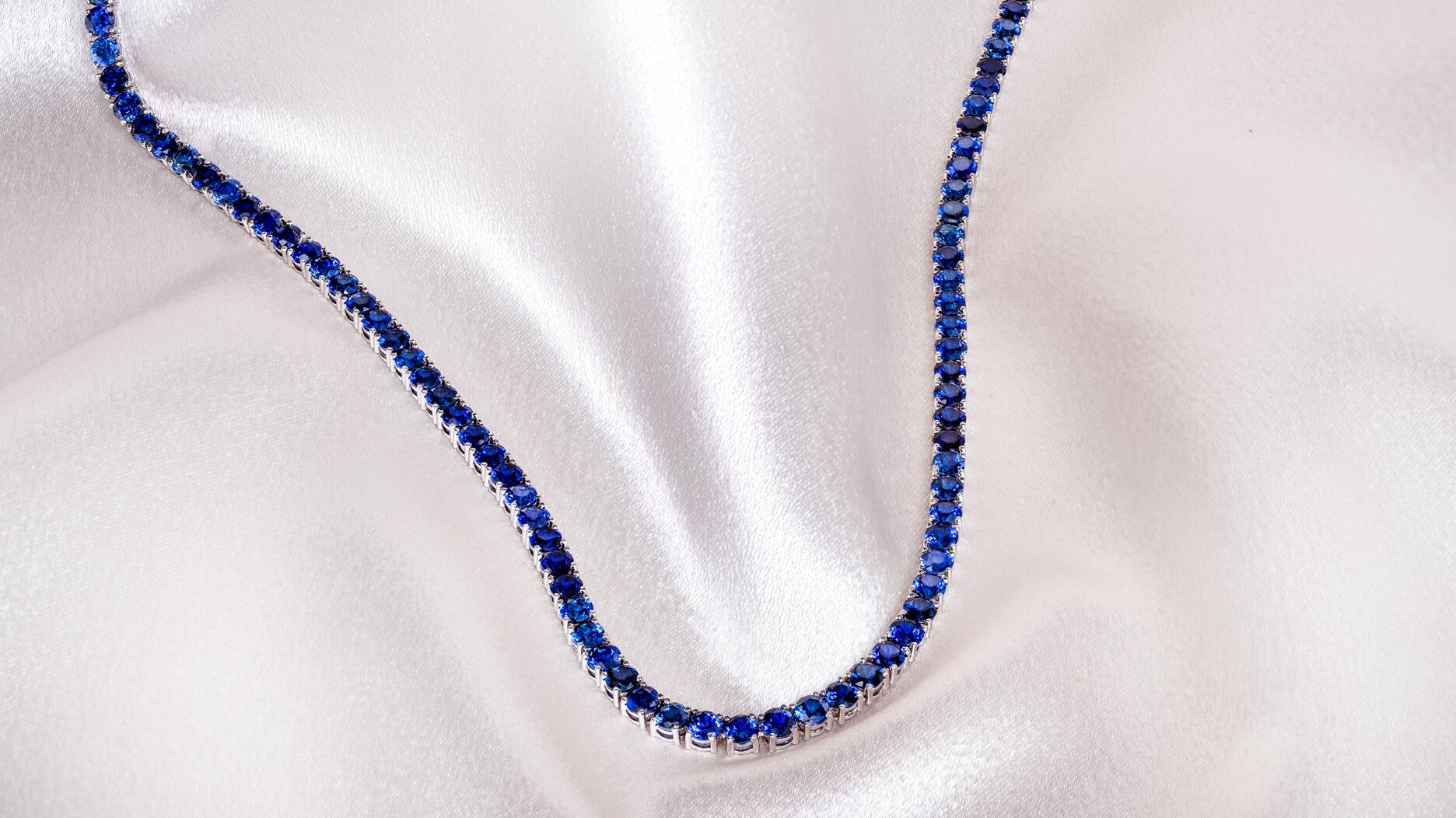She is remembered as an artist who loved her craft and was devoted to her faith, her friends, and her family.
What Does Transparency Mean in 2019?
It’s central to growing your business, and it’s not just about material provenance.
There are a handful of topics right now in the jewelry industry that come up again and again—sustainability, social media and omnichannel retail, to name a few—and rightly so, because they signal monumental changes in the way all sectors of the industry do business.
Transparency is one of these hot topics that I hear a great deal about, but I was surprised to get a totally different take on the issue at a recent educational panel at JCK Las Vegas.
Moderated by Ben Smithee of The Smithee Group, the panelists of “JCK Next Generation” illuminated how empowering transparency can be for a company when approached in a multi-faceted way.
“Some of us think if we don’t know provenance for every single element that we can’t participate in being transparent with our customers—that’s not at all true.”— Michelle Adorjan Chila, Tacori
“Don’t be intimidated by it,” said Michelle Adorjan Chila, senior vice president of marketing and public relations at Tacori.
“Some of us think if we don’t know provenance for every single element that we can’t participate in being transparent with our customers—that’s not at all true.”
For Tacori, Chila explained, which is handmade in California, the brand’s current mission is to illuminate what it already offers—“bespoke, made-to-measure jewelry”—to consumers.
“What we’re working toward is creating that artisanal transparency, so [customers] know which artisans worked on their pieces,” she said.
“In bridal, every customer feels like they got their own ring, though [in the industry] we know it’s a variation of a color, a finger size, a diamond shape or size, but it has to feel really personal. And that journey that it takes to get to you is personal. Each ring has its own unique path.”
Transparency can also be a valuable tool, she said, in communicating a brand’s story through social media.
“We’ve been doing Instagram Stories where we meet our designers and they talk about their favorite pieces and why. Doing that for your sales team is also really functional, where they get to share their favorite pieces and why, or give visibility into the before and after of a custom piece.
“Any [time] you give people insight into the magic adds value, and whether that’s provenance-related or materials-related or designer-related, that’s a really important story that we need more of.”
Chila’s point, that transparency into the inner workings of a business can pique
View this post on InstagramA post shared by WWAKE (@wwake) on Jun 15, 2019 at 12:30pm PDT
Brooklyn, New York-based Wwake, headed by designer Wing Yau, is a perfect example of the strategy Chila talks about.
A recent Instagram story I viewed took me behind-the-scenes of the Wwake workshop in Brooklyn’s Greenpoint neighborhood, where I watched a female bench jeweler set a ring with diamonds and gemstones. What many in the industry may take for granted as being the mundane, daily workings of their company can be fascinating to the average layperson, even to a seasoned jewelry lover like me.
I’m not the only one interested in the unique, esoteric craft of jewelry-making.
Instagram itself went on to visit the Wwake workshop as well, capturing a tour of the facility in its Instagram Stories (yes, Instagram’s Instagram Stories; I can only imagine how many consumers were introduced to Wwake in the process.)
Even if product isn’t fully made on-site or in the country, brands can still provide insight into their world.
Dana Rebecca Designs, based out of Chicago, does an excellent job of this.
A recent Instagram story showed the designer in her workshop in India, demonstrating the steps of the manufacturing process, while a typical story will show employees of the Chicago store showing off the jewelry they’re wearing that day, oftentimes touting a sale to go with it for certain pieces, and even tagging the clothing brands they’re wearing.
The social interaction feels personal and authentic, which is the key to transparency, said another “JCK Next Generation” panelist, Jackie Brooks, owner of Bottom Line Marketing.
“Be transparent with your employees. Are you up? Are you down?”— Jackie Brooks, Bottom Line Marketing
“You can’t cut corners anymore, it needs to be real,” she said of addressing consumers on social media.
But authenticity doesn’t stop there. Brooks stressed that transparency is important in all aspects of a company, not just on the consumer-facing front.
“Be transparent with your employees,” she said. “Are you up? Are you down? Are you meeting your sales goals? Why are there secrets in that world? Let employees take ownership.”
And how can retailers address transparency, particularly when it comes to the provenance of all the materials from all the brands they carry or the loose diamonds they sell, including older product made or mined before there was all this emphasis on transparency and traceability?
GIA Global Director of Business Development (and former National Jeweler publisher) Matthew Tratner said that as he’s traveled the country talking about GIA’s new diamond origin reports, that’s the No. 1 question he’s asked, and his advice is to just be honest.
“Unfortunately, the answer is really that the technology just didn’t exist to be able to match that rough to the polished diamond. It doesn’t mean [a diamond was] unethically sourced.
“As technology evolves and blockchain gets better and other [new] data systems come to the forefront, there’s always going to be that question.”
Tratner said to tell consumers: “There’s the technology to identify these diamonds now; when these other diamonds were obtained, the technology didn’t exist.”
The Latest

It joins the company’s other manufacturing facilities globally, including in India, Botswana, and Namibia.
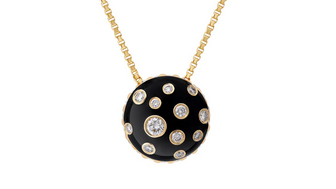
The polka dot pattern transcends time and has re-emerged as a trend in jewelry through round-shaped gemstones.

How Jewelers of America’s 20 Under 40 are leading to ensure a brighter future for the jewelry industry.

Vanessa Hickman, 49, allegedly sold a diamond bracelet that was mistakenly sent to her home.


GIA’s former president and CEO was presented with the Richard T. Liddicoat Award for Distinguished Achievement.

Social media experts spoke about protecting brand reputation through behaving mindfully online.

Roseco’s 704-page catalog showcases new lab-grown diamonds, findings, tools & more—available in print or interactive digital editions.

In 2026, the three will come together as “House of Brands,” with Gallet sold in Breitling stores and Universal Genève sold separately.

The second drop, which includes more Elphaba-inspired pieces from additional designers, will continue to benefit nonprofit Dreams of Hope.

Second-generation jeweler Sean Dunn has taken on the role.

Amber Pepper’s main focus will be on digital innovation and engaging younger consumers.

Called “Origin by De Beers Group,” the loose, polished diamonds are being sold in a total of 30 stores in the United States and Canada.
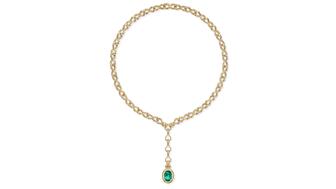
The lariat necklace features a 4.88-carat oval-cut Zambian emerald in 18-karat yellow gold.

A 43-carat sapphire brooch from the Vanderbilt collection was the top lot of the Geneva sale.
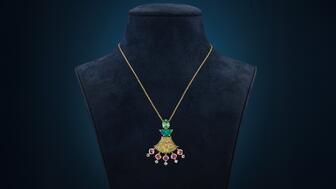
Rau is a fourth-generation art and antique dealer from M.S. Rau gallery whose first jewelry collection merges artifacts with modern design.

Former De Beers sustainability leader Purvi Shah will take over the role in February 2026.

La Joux-Perret is based in La Chaux-de-Fonds, Switzerland, and makes solar quartz as well as mechanical watch movements.

She previously taught at Gem-A and is the founder of The Gem Academy.

The British actress and her daughter modeled pieces from the brand’s new “Palette” capsule for its “Once Upon a Time” holiday campaign.

Plus, the tech giant shares the steps retailers should take if they believe they’re a victim of a review extortion scam.

Danny and Gaby Shaftel are now Shaftel Diamonds’ CEO and chief operating officer, respectively.

The jewelry manufacturer’s seasonal offering features its new “Melodie” bangles, as well as mini stud earrings and layering pieces.
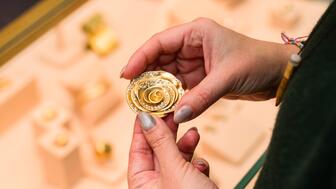
With more than 140 activations taking place in New York City now through Nov. 23, these 12 events are can’t-miss moments.

The Chapter 11 filing follows the resignation of CEO Moti Ferder, who stepped down after an investigation into the company’s finances.

The artwork is part of an exhibition featuring works by Kathleen Ryan, an artist known for her gemstone-studded rotting fruit sculptures.
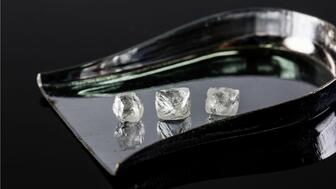
Mark Wall, president and CEO of Canadian mining company Mountain Province Diamonds, will vacate his position next month.










